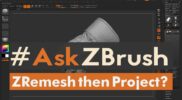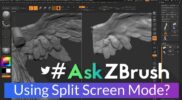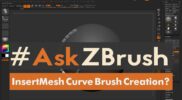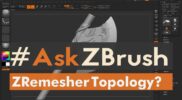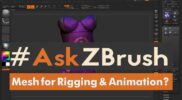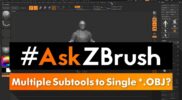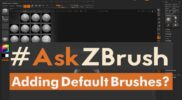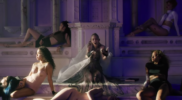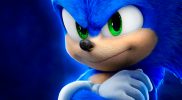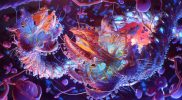Meet Graham: a sculptural representation of what a human body would look like if it were properly equipped to withstand a motor vehicle crash. The idea to be taken away is that we obviously are not built to withstand such trauma. Not even close.
The Graham project was developed by the Transport Accident Commission (TAC), a road safety organization based in Victoria, Australia. A team of accident investigators, trauma surgeons and sculptors collaborated to design Graham with physical features that may be present if our bodies had evolved to survive intense physical trauma associated with vehicle collisions. The project was designed to open a dialogue about the importance of road safety, highlighting the fact that the odds are against us when it comes to dealing with the physical trauma that can be brought on by a crash. Safety features in our vehicles are not always enough to protect our bodies in a collision, so mindfulness on the road plays the most important role in preventing injury or death by a motor vehicle. The campaign has been a success and has received recognition throughout the advertising world, recently including the Cannes Lions Grand Prix.
We Had the opportunity to speak with Dmitrij Leppée about his involvement with the project and how ZBrush helped bring the idea to life.
Hi Dmitrij, tell us a little about yourself and your background as an artist
Hi! I am Dmitrij Leppée (cherub_rock on ZBrushCentral), currently a Senior Character Artist at Lion Game Lion, and a long term freelance Principal 3D Artist for Vida Systems a medical visualization company. After graduating traditional graphics and graphics design at the School of Applied Arts and Design, I’ve got my Masters degree as an Animator at the Academy of Fine Arts. During that time I discovered ZBrush and felt the connection instantly, so I pursued it in my spare time, In those first couple of years not skipping any days to create something with it. I’m also a nature lover 
Tell us about the Graham project and how you got involved
Last summer I received an email from Nick Venn a producer at Airbag Productions asking me whether I would be interested in creating look development for alien 3D biological imagery; I’ve been given a vague idea of what the modeling part will require but had no idea what is it all for, all until it went public. Nonetheless it seemed intriguing, and I jumped on board. Under guidance of creative technologist Stephen Nicholson (Augmented reality team) and other departments I feel a special thing was achieved and am proud of the part I played.
Where does ZBrush fit in with your process? Why was ZBrush chosen, how does it affect your workflow?
As a ZBrush fanatic, it is second nature so I always try to create as much work as possible within it alone. For “Graham” there was no need for other software; every structure was started from a Dynamesh sphere, sculpted, ZRemeshed, detailed, Polypainted by hand and UV unwrapped in ZBrush. Even concept development for some structures that were still not locked I created in ZBrush directly. On my full time job, it is a predominant tool as well as in my private works.
What are some of the key features you find most useful in ZBrush?
Freedom of taking various paths to come to the same result, what makes it a new experience with each new project. Coming from a traditional art background entering ZBrush was a painless and a very natural transition. Though I’m pretty knowlegable of most ZBrush functions, I tend to use only the basic things so dynamesh with a clay buildup brush, smoothing moving and Damien standard. Personally I find that in comparison to other software I use ZBrush is about enjoying the entirety of the journey, not the end result alone. The other day I was chipping away at a model of an axe, and a colleague of mine noted that he can easily do it in another software, but we both agreed that there it wouldn’t feel like chipping 
-Visit Graham online – www.meetgraham.com.au
-Check out more of Dmitrij’s work online:
Website – https://dmitrijleppee.carbonmade.com/
Source: ZBlog






